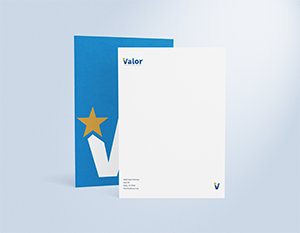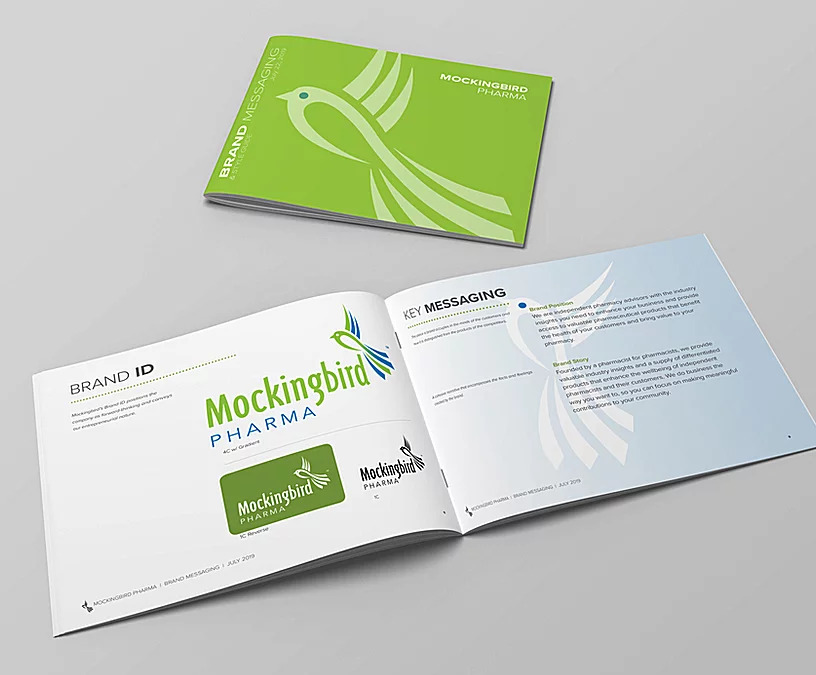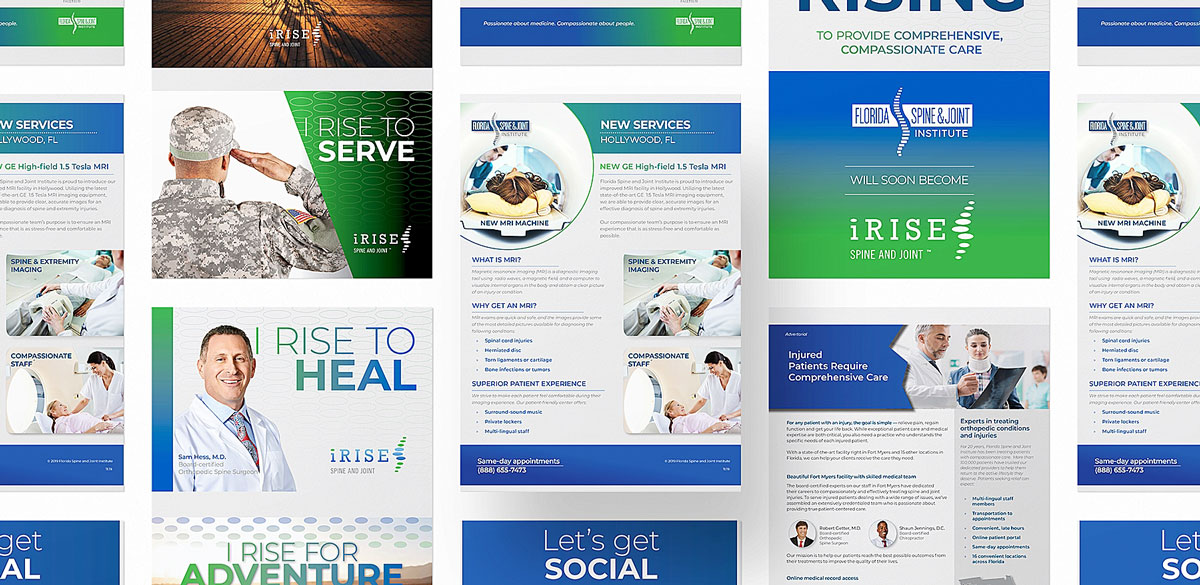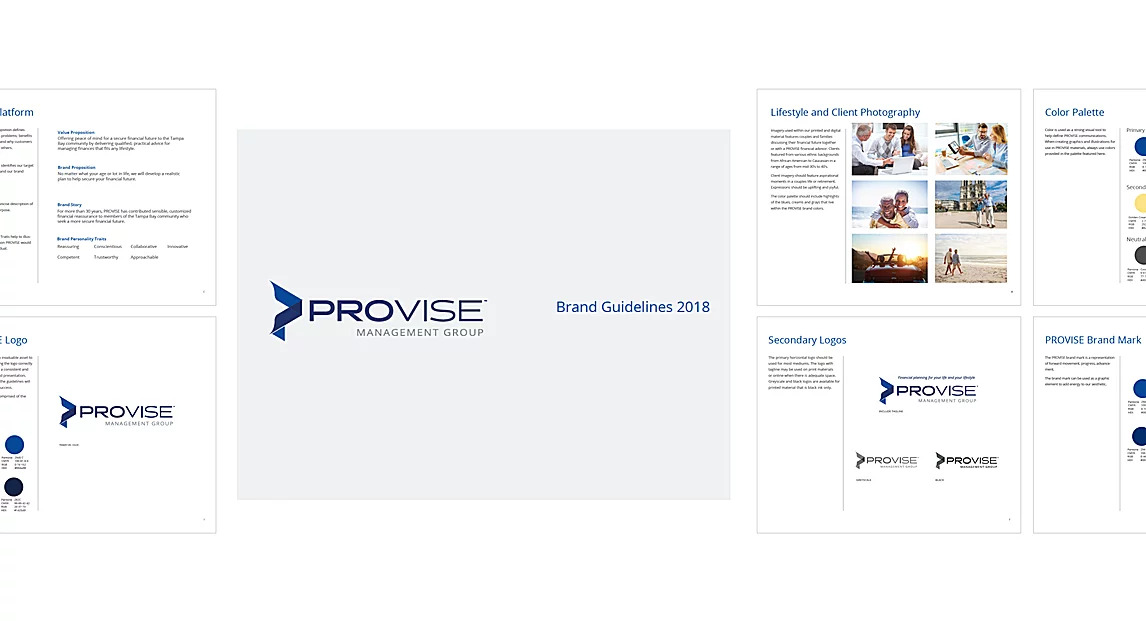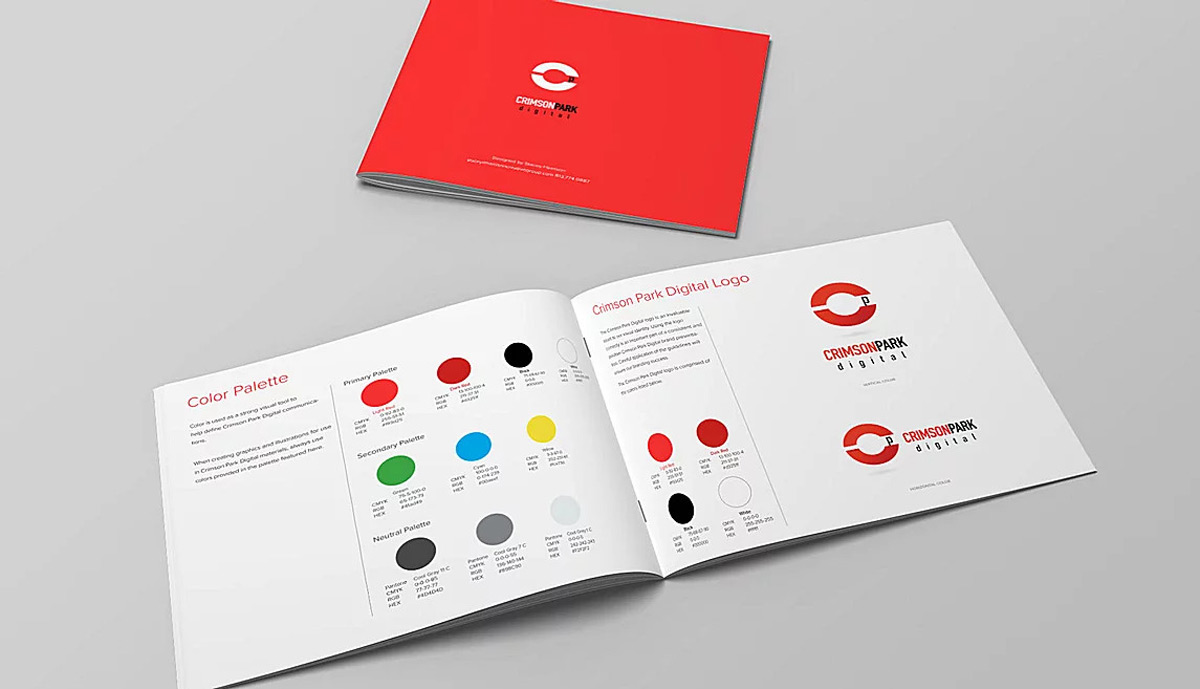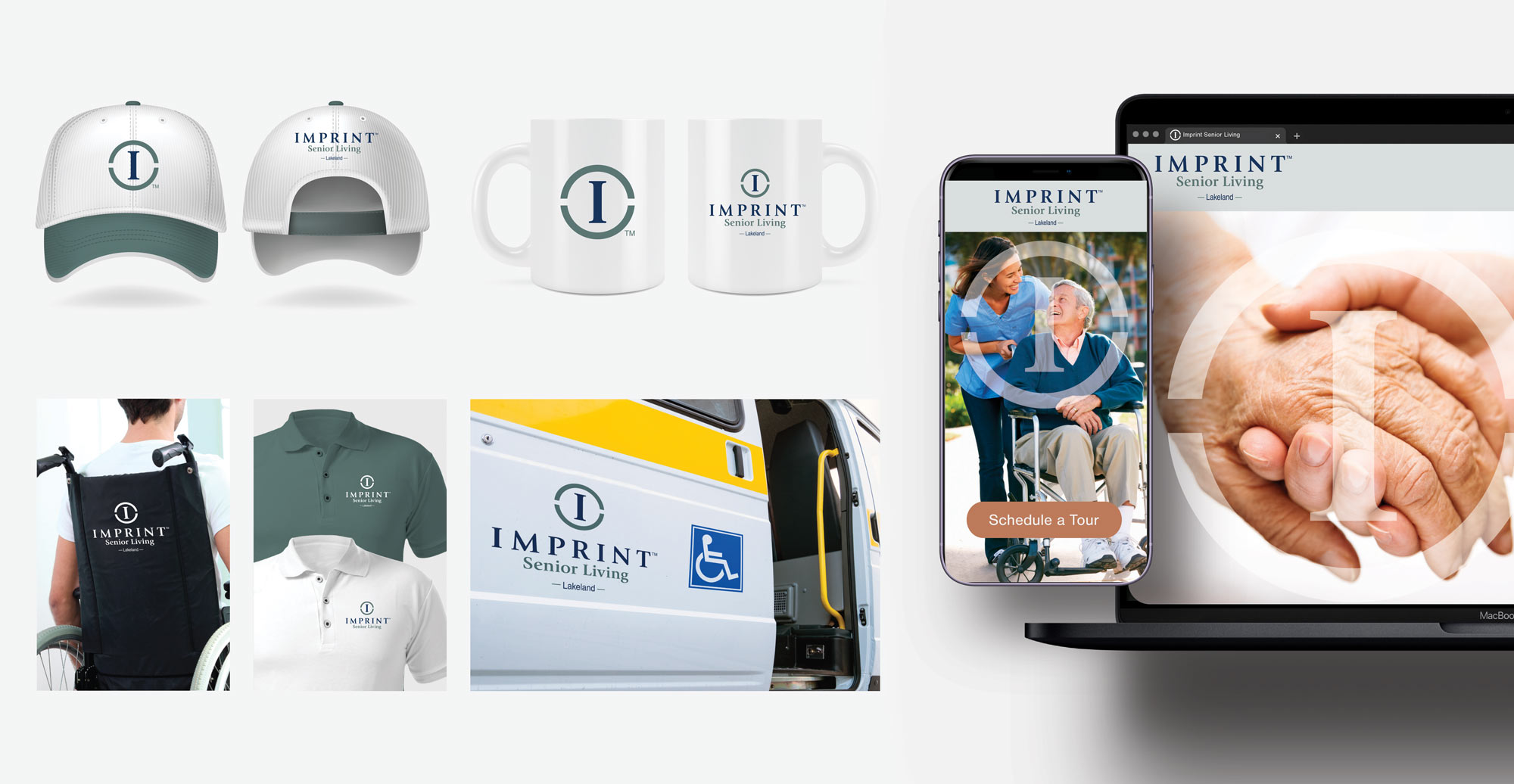Go All Out with Omnichannel Marketing
If you feel like every time you turn around, there’s another new marketing buzzword or phrase hitting you over the head, you aren’t alone. From growth hacking to snackable content, gamification to personalization, many marketers aren’t shy about chasing the trend du jour. But there are also the trends that are a bit stickier and tend to hang around because they just make so much sense—strategies like omnichannel marketing.
Not familiar with the nuts and bolts of omnichannel marketing? Read on as we detail what it is and why you need it.
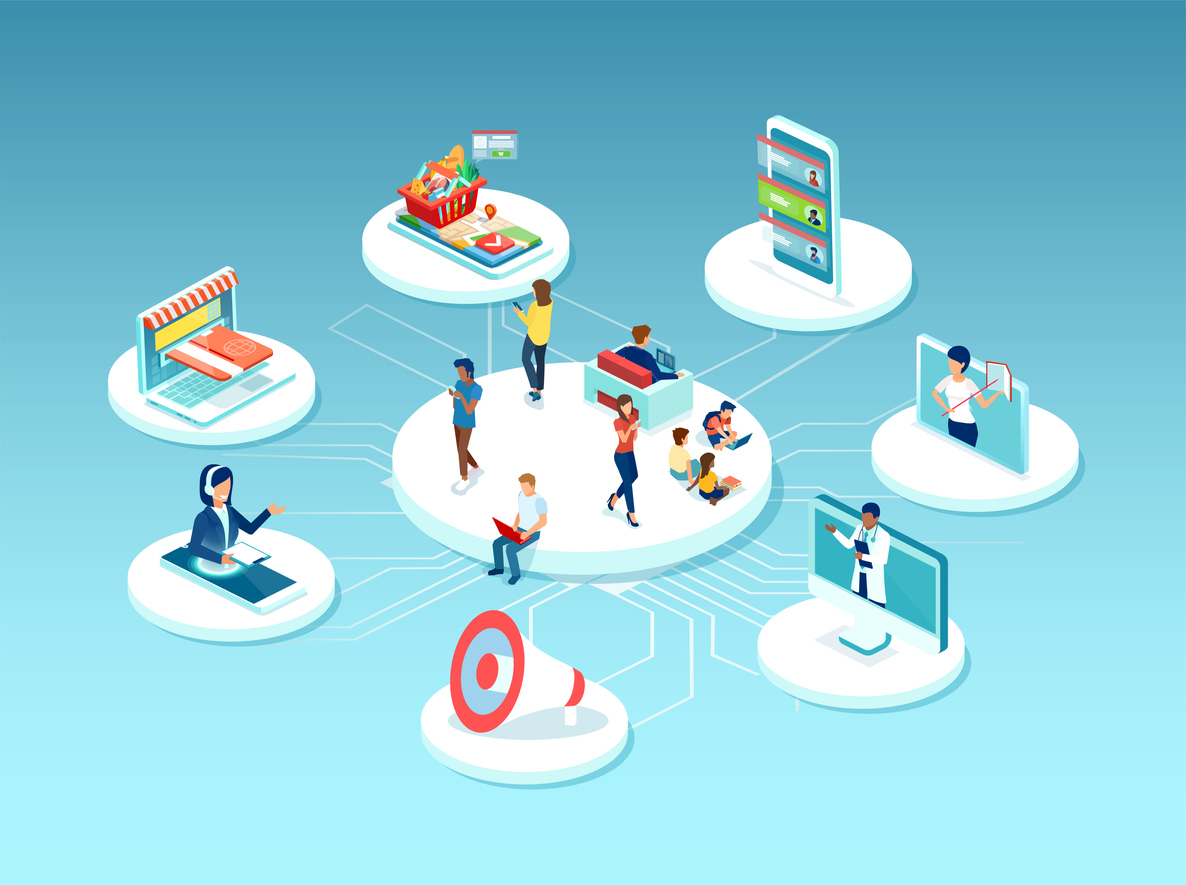
What is omnichannel marketing?
The first clue for how to define omnichannel marketing is found in the root word, omni, which is defined by Merriam-Webster as all or universally. In this context, omnichannel marketing is best described as using all (or at least many different) channels and platforms to deliver your campaigns to existing and potential customers. What’s important to remember here is that this messaging should be cohesive across those disparate platforms and unique to the person receiving the campaign.
With omnichannel marketing, the consumer is at the center of everything that takes place. The goal is to provide the consumer with a seamless experience, complete with that cohesive messaging that works together across various media. That integration is what makes omnichannel marketing differ from multichannel marketing—another approach using multiple platforms, but one that may feature different ads with unique messaging across each platform.

Omnichannel marketing in action
For a lot of small- and medium-sized businesses, the thought of a cohesive, omnichannel marketing plan makes sense in theory—but putting it into practice can be confusing. Fortunately, we can help with an example that will make the concept crystal clear.
To start, let’s say your business designs and sells men’s and women’s shoes of all types, both online and in a brick-and-mortar store. As part of your promotion for a new shoe, customers in your database receive an email campaign focused on that recently released product. When one of those customers enters the store, they automatically receive a text message with a coupon to save 10% on their purchase that day, a sweetener to thank them for converting and visiting the store.
Customers who proceed with purchasing the shoe receive an email the next day with a promotion on a related product like socks or a bag that pairs well with the shoe. Those customers who visit the store but don’t actually make a purchase are retargeted on social media with ads about the shoe and a link to the online store where they can purchase the shoe from the store’s website.
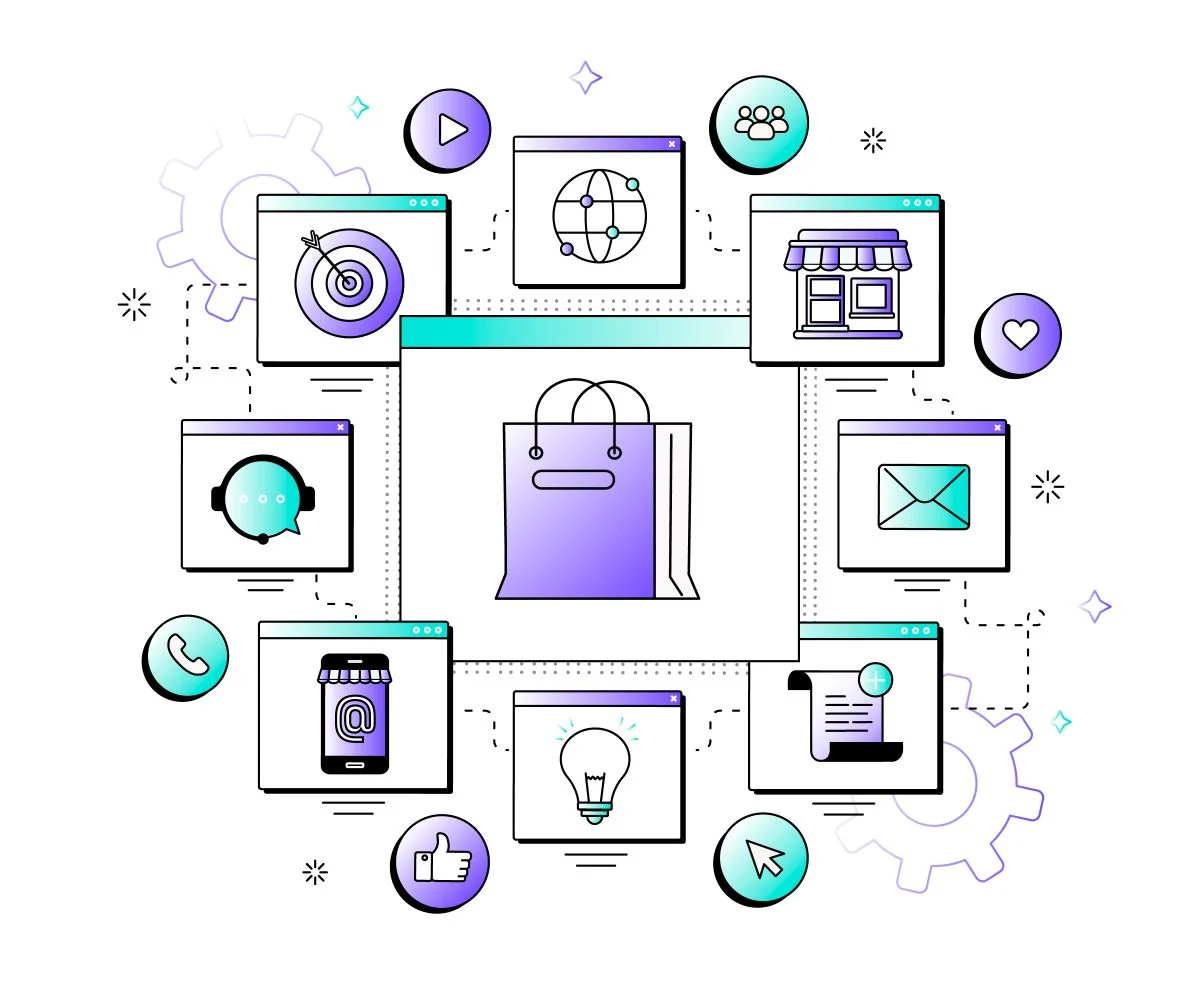
In a nutshell, that’s omnichannel marketing, and there’s no doubting that optimized and engaging content created as part of an omnichannel marketing strategy gets results. According to a piece on the subject written by a Forbes contributor, omnichannel shoppers spend between 50% and 300% more than traditional shoppers. Further, the purchase rate of omnichannel campaigns is nearly 300% higher than single-channel approaches. And lastly, businesses deploying omnichannel strategies have a 91% greater year-on-year customer retention than those that don’t.
Now that you understand what omnichannel marketing is and can see that it works, chances are you want to try it. That’s where we come in. Reach out to us today, and let’s talk about a strategy that makes sense for your brand.
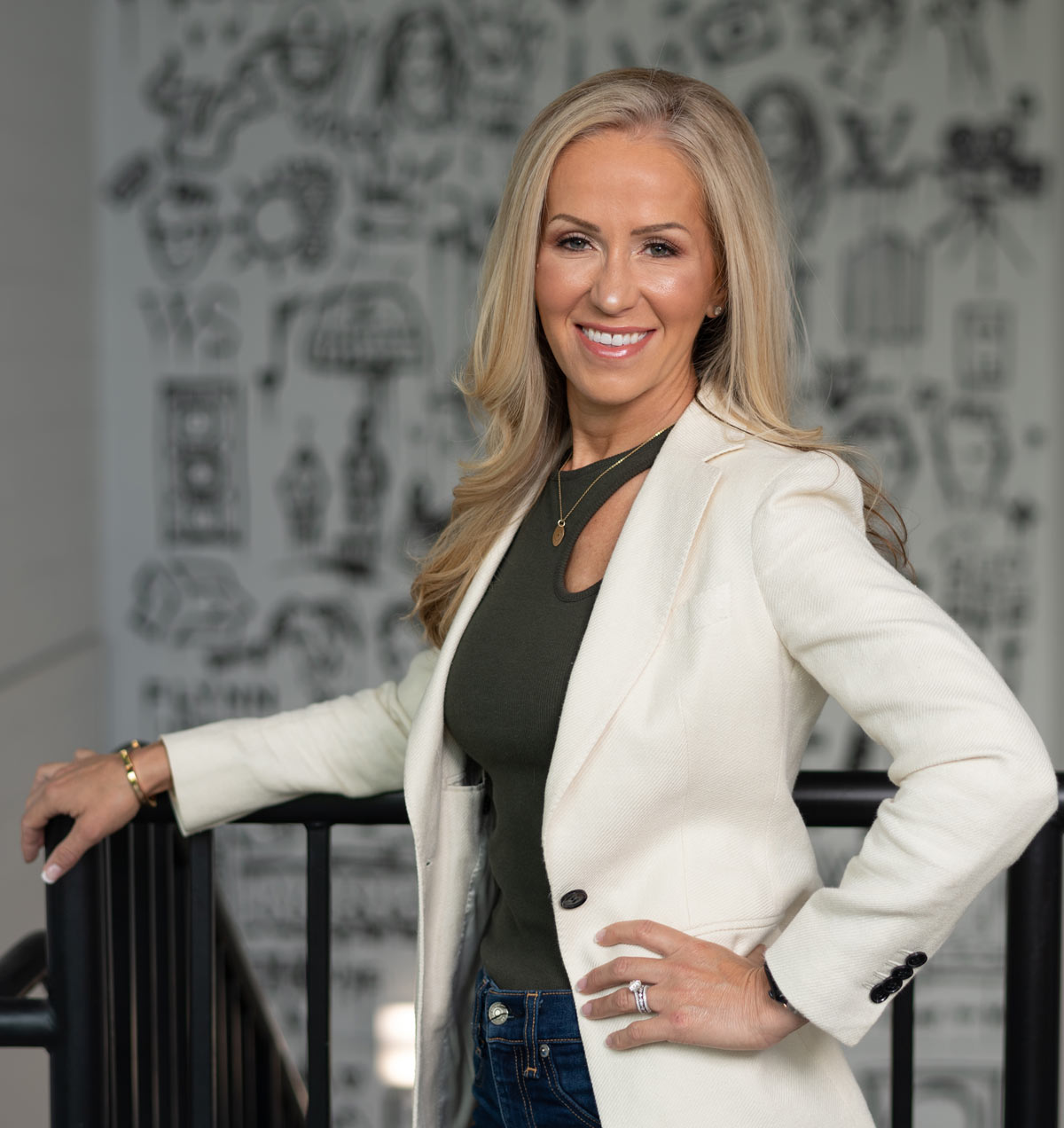
About the Author
Stacey Harrison is the lead brand strategist and designer at Heart & Hustle Brands and has provided creative direction for healthcare, industrial, and financial services brands for 20 years. She started Harrison Creative Group in 2017 to serve businesses that need a professional brand image on a budget. In 2021, the company rebranded to Heart & Hustle Brands to walk in the shoes of clients that experience a change of name or brand refresh.





